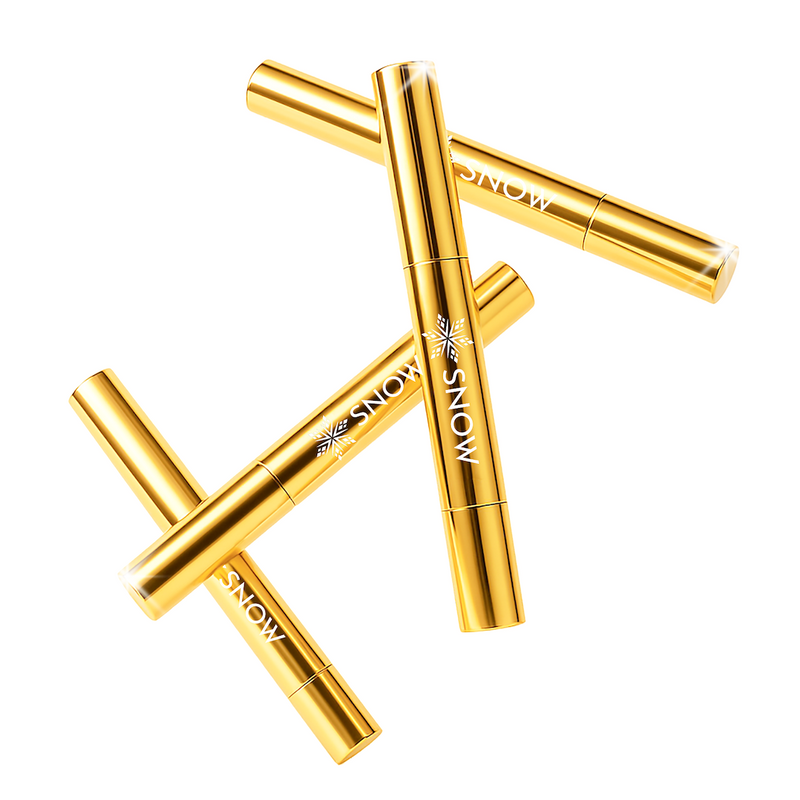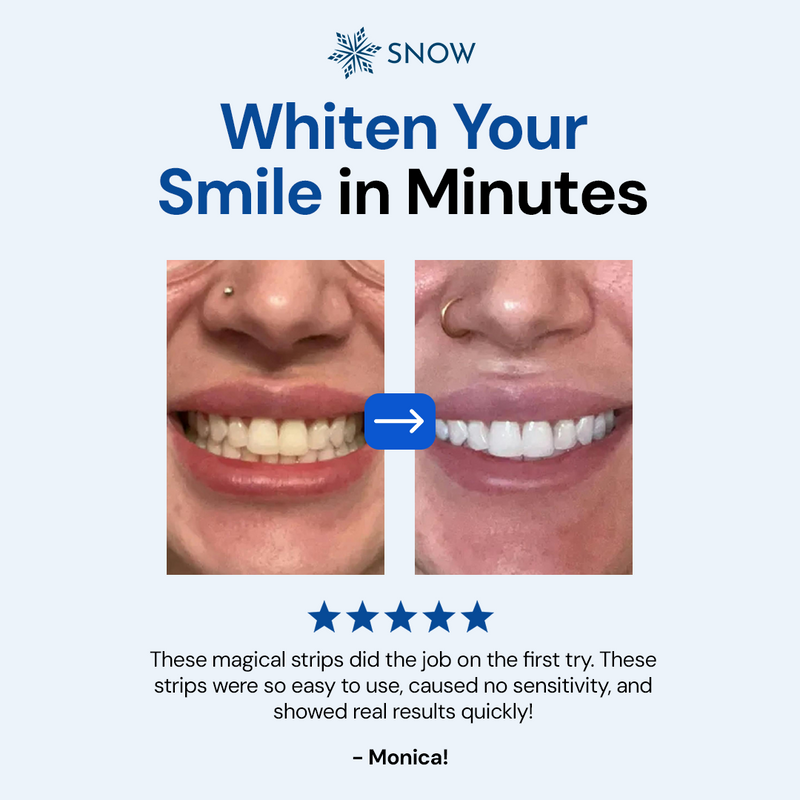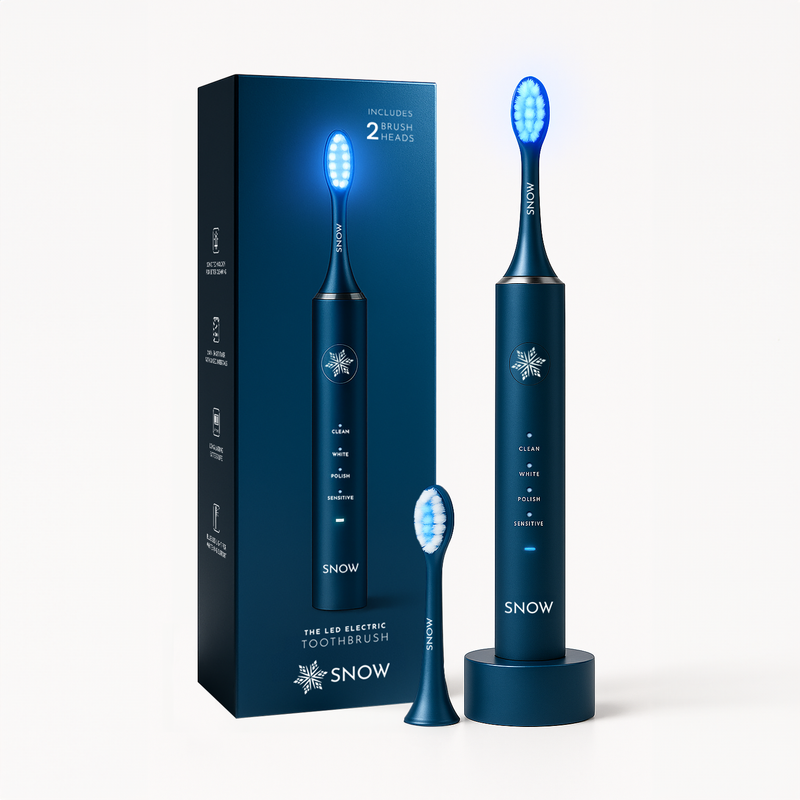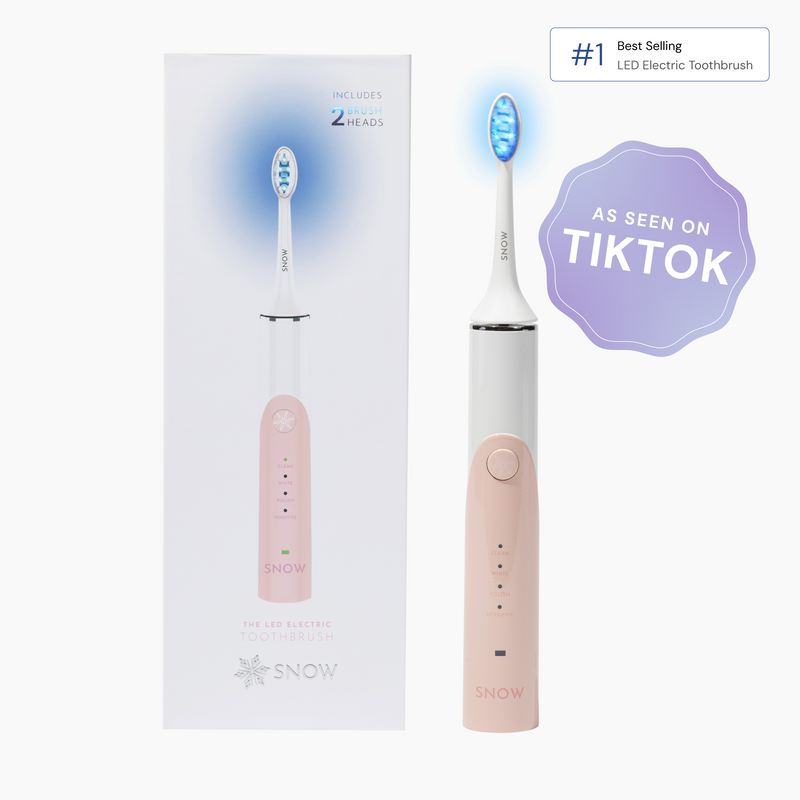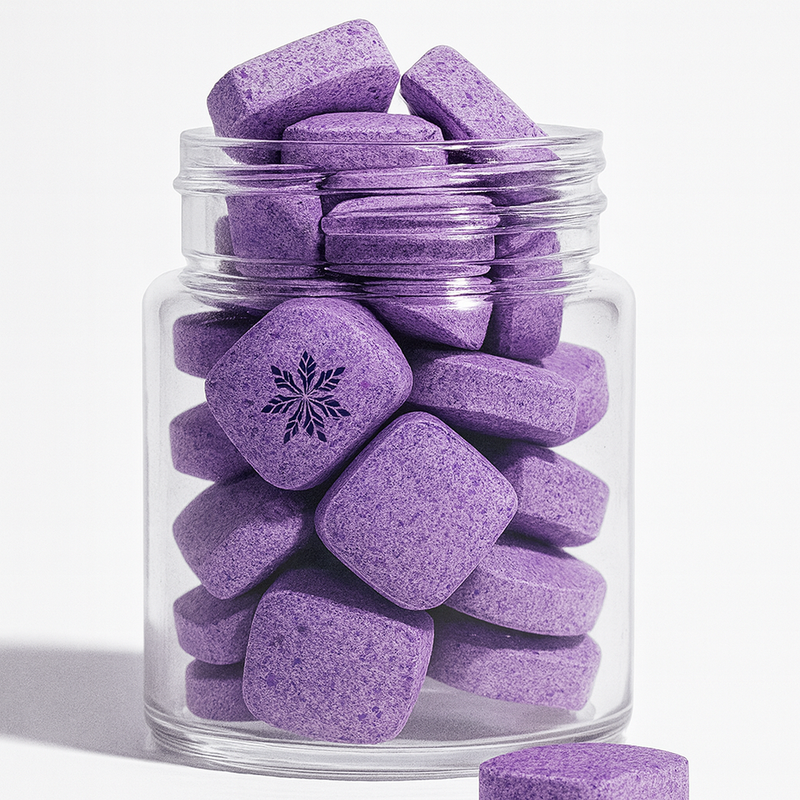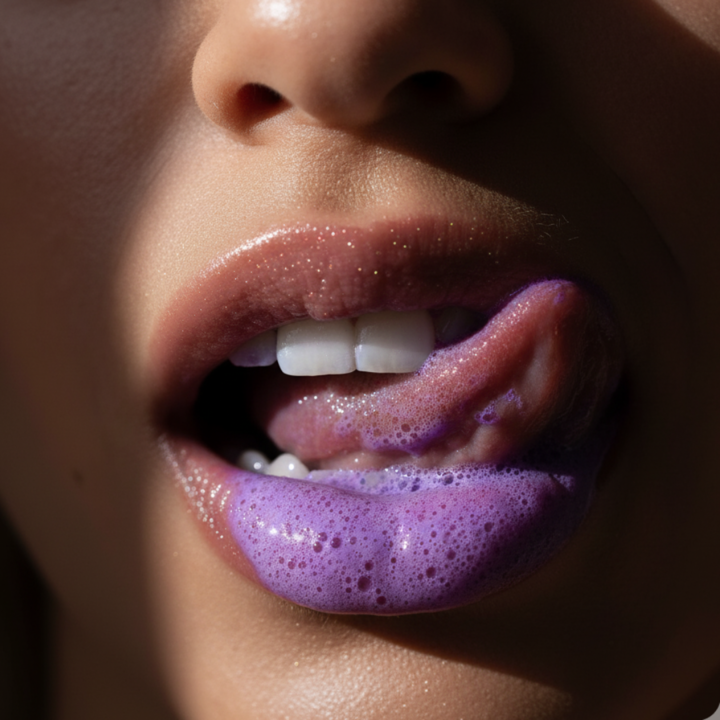“And what did you see, Clarice? What did you see?” said Hannibal Lecter.
“Lambs. They were screaming,” replied Clarice.
OHMYHECK. I can hear the creepy, slimy voice of Hannibal in my head. Anthony Hopkins did that role proud as he burned his character’s lines into the slightly traumatized minds of moviegoers around the world.
“Claricccce …” he would hiss.
I have chills recalling it. No joke. Not many villains give me the creeps like that guy.

I mean, who says things like, “A census taker once tried to test me. I ate his liver with some fava beans and a nice Chianti,” and then makes a cringy slurping sound?!
The relationship he cultivates with Clarice is impossible to turn your eyes away from as you watch it unfold on the screen. Inside, you are screaming for her to stay away … and at the same time, you need to see them chat across prison bars again.
The two of them are drawn to each other in some sick, twisted, moth-to-a-flame kind of way. Their relationship just won’t go away.
Tetracycline is like that when it gets into your teeth. It sits inside and will not go away. It may be a bacteria killer, but it is also the destroyer of beautiful teeth.
It is common knowledge that tetracycline is a major culprit of deeply-stained teeth.
Tetracycline was most widely used back in the days of poodle skirts, and I Love Lucy, the 1950s. At the time, it was considered an antibiotic of choice. Nobody predicted what would result from using tetracycline during pregnancy, breastfeeding, or the first eight years of a child’s life.
This invasive antibiotic can actually penetrate the placenta in a mother’s womb. This is how it reaches the growing baby. Those tetracycline particles make friends with the calcium ions that are working to create teeth.
It is usually carried through the body by way of the bloodstream, which is how it ends up inside the tooth. That little baby may go through the pain of teething only to have a tiny gray tooth burst through the gums.

It is best to avoid taking tetracycline when pregnant or breastfeeding, and it shouldn’t be given to any children at all when they are eight years of age or younger.
Taking tetracycline as an antibiotic doesn’t just clear up infections. It interferes with the formation of the tooth enamel. As it travels through the body to heal, it stays inside the tooth, and it binds itself to the inside of the tooth.
That bond is what causes the discoloration. Tetracycline is made up of chromophore bonds. Chromophore bonds are extremely hard to break apart. They are not bound together like Lego bricks.
Tetracycline molecules are drawn together like super-charged magnets. They want to be together, so even when you manage to rip them apart, they want to go right back together. It’s this pesky little characteristic that adds to the difficulty of tetracycline stain removal.
Those stains do not want to go away. Many people have their stains for life. Their teeth are gray or grayish brown with a telltale line across them. And they know that the best whitening toothpaste in the world won’t touch those stains.
The truth is that those tetracycline color molecules cannot be completely eradicated and destroyed forever. They are like a bad penny. They just keep showing up and sticking around.
And those darn chromophore bonds? Well, those babies are unpredictable. They may react differently in people. Isn’t that just fantastic news? (Note my palpable sarcasm.)
That means that there are no guarantees of how white your natural teeth can be made by using a bleaching solution on them. They can be made whiter … nobody knows exactly how white that white will be.
The process to remove the stains from tetracycline is pretty darn difficult. It isn’t like removing stains from other antibiotics. Those stains can be removed by brushing with whitening toothpaste, whitening strips, or by using a whitening tray system.
And it isn’t anything like removing stains from coffee, tea, or wine. Those stains can also be scrubbed away by a standard whitening toothpaste or whitening trays or a one-hour visit to the dentist for a good ol’ in-office whitening treatment.
Tetracycline stains occur within the dentin. Those stains require a deep, intense bleaching system to remove them or improve them. And there are cases in which the damage is so severe that no amount of bleaching makes the teeth appear to have anything close to a white shade.
I know you may be feeling discouraged at this point, but keep reading. Don’t lose hope. There are choices for you to improve your smile if you are suffering from tetracycline stains.
What Are the Options to Remove Tetracycline Damage?
Deep Bleaching
Whitening your teeth is done by using hydrogen peroxide or carbamide peroxide solution to bleach those pearly whites. Tetracycline stains are so deep within the tooth that a highly-concentrated bleaching agent is needed to make a dent in the discoloration.

Typically for tetracycline stains, an office visit or twelve is required to lighten the teeth. When your dentist performs a whitening treatment for these extreme stains, it is called deep bleaching.
KӧR Whitening Deep Bleaching was designed to deal with seriously deep stains of the teeth. Dr. Rod Kurthy created the KӧR system. He wanted to help those people with the stains that were seemingly impossible to remove.
The KӧR system is proven to successfully remove tetracycline stains better than the other deep bleaching systems available.
A typical in-office bleaching system can take quite a while to show results. The system may not even appear to be working well. Quite often, the bleach will seem to work initially. Those are just the surface stains lightening up.
Then the progress halts. It’s as if the bleaching system is doing nothing. Many people would be tempted to quit moving forward with their treatment because it doesn’t seem like it’s working.
You’ll need to trust your dentist and have a little blind faith here. Don’t quit.
That’s right. Don’t quit. It is working. It is penetrating the surface to work on those stains that are buried way down deep. Results will happen gradually over the next several months.
How many months? Well, that depends on the severity of your stains and the stubbornness of those chromophore bonds. It could take a few months or take well over twelve months, up to eighteen months.
Holy smokes. That seems like a long time to wait for whiter teeth … but I’m pretty sure if you have lived with gray teeth for your entire life, you’d be willing to endure a full year of treatment to get rid of that cloudy smile.
Given the time commitment, it is a really smart idea to sit down with your dentist and discuss realistic expectations. You need to know exactly what you’re getting yourself into before bleaching your teeth.
As the patient, you also need to understand that there is a possibility for regression. Say what?! Yep. I told ya those chromophore bonds were pesky. The bonds have to be prevented from reforming.
KӧR has products that help do just that. Another reason why it's a great product for deeply stained teeth. They have a product designed to deal specifically with the possibility of regression.
Be honest with your dentist and yourself about your expectations. If you are expecting movie-star white teeth, you need to be upfront. That way, the dentist can set your expectations realistically.
Cosmetic Bonding
Cosmetic bonding, also known as dental bonding, is another option for tetracycline stain improvement. Bonding is the process of putting on a resin that matches your teeth.
The resin is like wood filler for your teeth. Your dentist will apply the bonding resin directly to the surface of the tooth right on top of those unsightly tetracycline stains.
Make sure to choose a dental professional who has extensive experience in cosmetic bonding. Otherwise, it may not turn out to look natural. The goal is to look better, not to look worse, right?
So if tetracycline has left you with a few stained areas, then bonding may be the way to go for you. It is less invasive and much less time consuming than a deep bleaching treatment.
Is there a downside to bonding? Well, yeah. It’s temporary. It has to be replaced at some point. So using composite bonding on areas that see a good deal of bite traffic is not the best idea. It works best on the front surface of the teeth.
Crowns
Some of you little princes and princesses just got a little excited.

Simmer down now. It is not that kind of crown. Sorry, your majesty.
Crowns can give you a brighter white smile. That much is true. But you should be aware that crowns for your teeth are much more invasive than the other options.
When you choose crowns, you will be choosing to destroy the outer surface of your natural tooth. Imagine using an electric sander on your tooth or another power tool that drills away at things. That’s essentially what will happen to your teeth.
After grinding away that outer layer of your tooth, a crown will be placed over it. Ta-dah. You have a brand new smile.
Keep in mind that crowns can be pricey. But those costly crowns can last for the rest of your life if you take good care of them.
Veneers
Last but not least, you have the option to put veneers on your teeth. This is probably the most expensive choice. Veneers are not for those who wish to have a budget-friendly solution.
Veneers run anywhere from a few hundred dollars per tooth all the way up to a few thousand dollars per tooth. That is not a little pocket change when you have a mouth full of grayish brown teeth plaguing you.
Unfortunately, veneers may be your only option. If your teeth are too deeply stained to be fixed with bleaching, then veneers are probably your best bet.
Veneers can be made of porcelain or another composite. That material is used to create a thin shell that is attached to the outside of the tooth. This shell can completely change the look of your smile.
Many times, people use veneers to transform their smile into their dream smile. Literally, people create a smile modeled after a movie star’s teeth. Yep. It’s a thing.
Veneers should last ten years at a minimum, with a possibility of lasting about twenty years. This will depend on how well you take care of them.
In the end
Tetracycline is an effective antibiotic that is safe to use beyond the age of twelve. Even when taken at an appropriate age, it can still induce a loss of appetite, diarrhea, nausea, or vomiting.
Even though tetracycline will never be associated with a good chianti and some fava beans, it will probably always be remembered as a villain when it comes to your smile. So, be sure to check with your dentist to determine your best course of action to improve teeth damaged by tetracycline.

















































